Sonos ZP80 Digital Music System Review
Sonos ZP80 Digital Music System
Has Sonos created a wireless digital music system that can satisfy an audiophile?
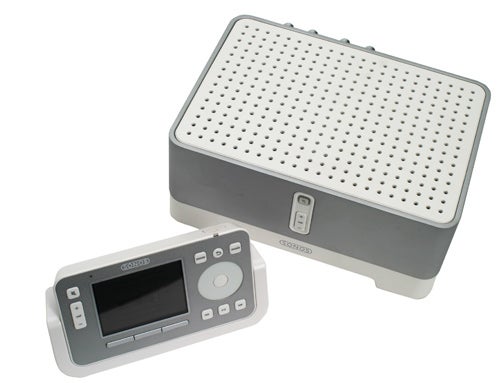
Verdict
Key Specifications
- Review Price: £779.00
It’s hard being a ‘phile these days. On the one hand I’m a technophile: the effect that technology is having on music gets me really excited; I can see the possibilities and can’t wait for the day when I never have to go searching through my chaotic CD collection to find that album I haven’t played for years.

I couldn’t wait to get my sticky mitts on the latest Walkman from Sony before Christmas. I’m a big fan of the way audio compression formats allow you to carry around a large chunk of our music collections in our pockets.
The trouble is the other half of me is audiophile and isn’t so keen. This part of me wants to hear music played back as close to the real thing as possible and will quite happily justify the spending of faintly ridiculous sums of money on equipment to attain that goal. This half of me hates the idea of MP3, WMA, OGG and AAC compression formats because they’re lossy and compromise on sound quality to achieve their small file sizes.
So when Riyad said he wanted me to take a look at Sonos’ wireless hi-fi gear I was in two minds. The company has a reputation for manufacturing the finest wireless music equipment you can buy: one that’s easy to set up and a snip to use – a system that has won a hatful of awards. I was eager to get it home and get it set up. But I was also worried it would prove a disappointment, that I just couldn’t bring myself to like it, that I’d be forced to go back to my clunky old CDs.
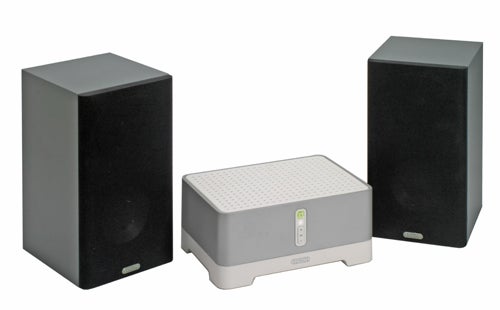
The Sonos Digital Music System certainly doesn’t disappoint on the first count. After digging all of the various components out of their various boxes (and there were a LOT of boxes), I had the system connected to my PC and streaming music from the music folders on my PC to my stereo system in less than half an hour.
The system consists of two main components: ZonePlayers and the Controller. The ZonePlayers are the business end of the system. They act as wireless music sources, receiving streamed music via your PC and redirecting it elsewhere. There are two types –ZP80s and ZP100s. The former are a recent addition to the range and are about the size of a small jewellery box so they are extremely easy to tuck away in a corner of your listening area. These act as simple receiver components providing a pair of analogue stereo phono outputs for connection to an existing amplifier and speakers, plus coaxial and optical digital outputs.
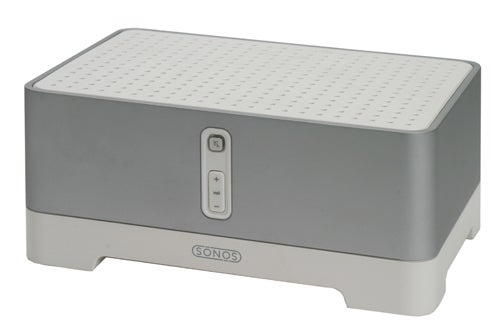
They also boast a pair of analogue inputs, which you can use to link analogue wired components wirelessly to another ZonePlayer in another part of the house, and a two port Ethernet switch. And, of course, all ZonePlayers have a wireless adaptor built in with an antenna in the feet of the units – the system uses wireless mesh network technology to link everything together.
The ZP100 ZonePlayers are slightly larger and add a 50W per channel stereo amp, speaker outputs, auto-detecting sub-woofer output and two Ethernet ports to the ZP80’s features (though you do lose those digital outputs). They can be used to set up a system from scratch for anyone who doesn’t already own a decent stereo system. Just for good measure, Sonos also delivered a pair of its own brand stereo speakers to complement the ZP100.
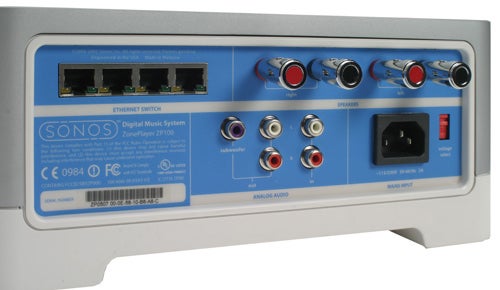
The nerve centre of the whole shebang is the remote control unit. I say remote control, but it’s more like a portable games console in its layout. It has a 3.5in screen which displays album art and track information in glorious colour, and music navigation duties are taken care of by an iPod-alike scrolling click wheel. It can be taken from room to room and be used to control each and every one of your ZonePlayers – as long as you stay in range.
With all of these components you’d think set-up would be a bit of a nightmare, but as I mentioned above it was one of the easiest bits of wireless kit I’ve ever had the pleasure to install. You have to make the first ZonePlayer a wired connection so I hooked one up to my broadband router in the study. Next the software was installed and music folders located. The system uses Windows shared folders, so if you’ve got your music on a NAS (network attached storage) box, you can stream music from that too.
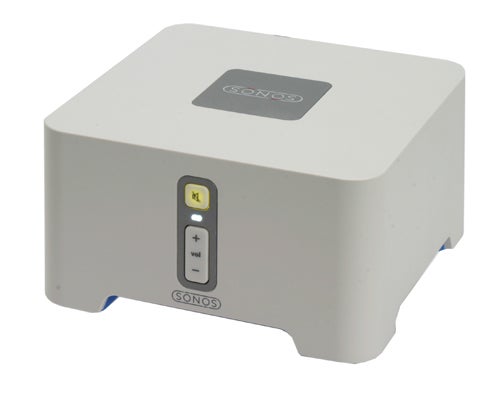
Finally, I hooked another ZP80 up downstairs to the main hi-fi system with a pair of decent interconnects to my Primare A 30.1 stereo amplifier. One button press added the downstairs unit to the system and with the controller unit charged up I was ready to rock ‘n’ roll – literally.
The beauty of this system is that it just works and the technology side of things is pretty much completely transparent. There are no fiddly settings to complete, no wireless security set-up to go wrong (security is set up automatically for you during installation so there’s no danger of a next door neighbour joining in the party). In fact after you’ve set the various bits and pieces up all you have to worry about is the music. And just to illustrate how friendly this kit is to use, I handed the controller around to various non-techies during an evening get together. Without exception they were all browsing through the music happily adding tracks to the queue in moments – and with very few calls to the in-house help desk.
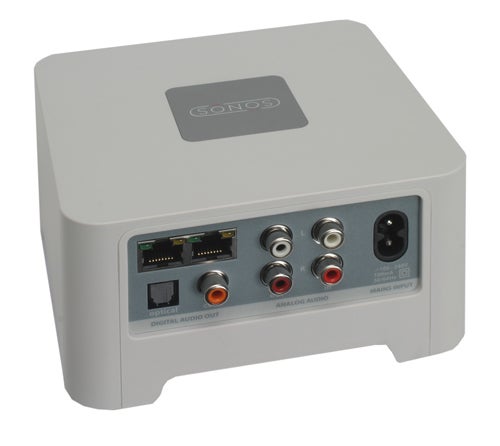
And it’s not just the ease-of-use that’s impressive. It seems that Sonos thought of everything and then squeezed in some more features when it was designing this system. The controller, for instance, has a motion sensor built into it – pick it up and it switches itself on automatically, while its white backlit buttons adjust their brightness according to how bright or dim the ambient light conditions are.
The system also allows you to ‘tune into’ Internet radio stations. There’s a whole load predefined in the software including, footy fans will be glad to hear, BBC Radio Five Live and Radio Five Live Extra, and others can be added too.
So is it the answer to my techno/audiophile dilemma? The proof of the pudding lies in the eating, so I set about giving it a thorough examination.
The bulk of my listening tests involved a mixture of MP3s and WMA files encoded at a constant bit rate of 192kbps and with these files, in back-to-back comparisons with a good CD player, there was a gulf in sound quality that audiophiles will find hard to ignore.
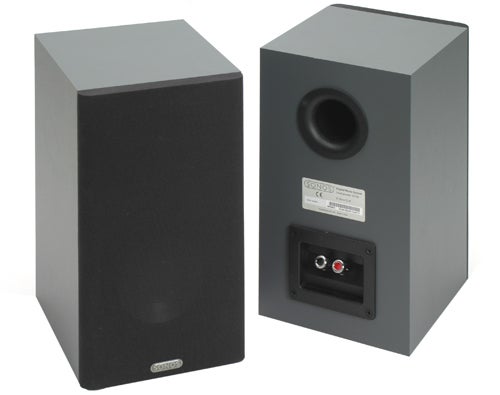
Nitin Sawhney’s atmospheric and peerlessly produced album Broken Skin demonstrates perfectly how the system loses out at the top and bottom ends of the dynamic range compared to a competent CD player. And the gorgeous vocal harmonies at the opening of Brian Wilson’s Smile lack a little zing and headroom too. However, it’s far from unlistenable.
It’s not helped out by the ZP100’s amplifier component, which isn’t the greatest you’ll hear at the price. There’s an awful lot squeezed into what is a very tight and solidly engineered little package, but the sound quality suffers. You also don’t get that great a range of inputs on the ZP100 either – just one pair of stereo RCA inputs won’t be enough for anyone with ‘legacy’ components such as tape decks, VCRs or digital TV tuners that they might want to keep using.
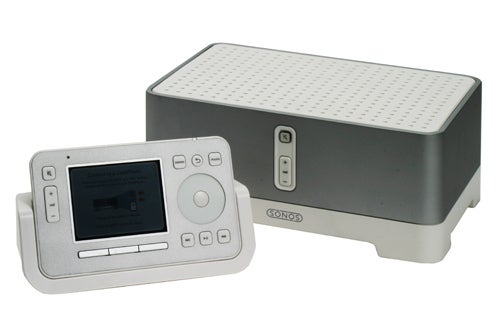
If sound quality really is important to you, you don’t have to listen to those compromised lossy formats, however. First you can switch to a lossless compression format such as FLAC, which the Sonos system also supports, which narrows the gap significantly. This will bump up your disk space requirements significantly with albums taking up 200MB to 250MB of space each but with large disks and NAS boxes getting cheaper by the day, you could probably add enough capacity to your system to store your whole CD collection in lossless format for under £100.
Second – and this is where the new ZP80s really come into their own – you can connect them to your current amp and speakers using those digital outputs, bypassing the internal DAC and hooking it up using one of your own choosing. Connect a high-end dedicated stereo DAC and it’s the high-end audiophile wireless solution I’ve been craving for years.
Sonos has really captured the essence of what makes modern music technology so exciting with its wireless music system. It works perfectly, blends into your current setup absolutely seamlessly and, if you’re not careful, will start to take over.
It might not seem cheap at £799 for the basic two box ZP80 setup, but given how easy this system is to install and extend, and how much design and engineering has gone into it, it’s not really that much to ask. Putting it into perspective – that’s how much my first low-end ‘proper’ separates system cost me way back at the beginning of the 1990s.
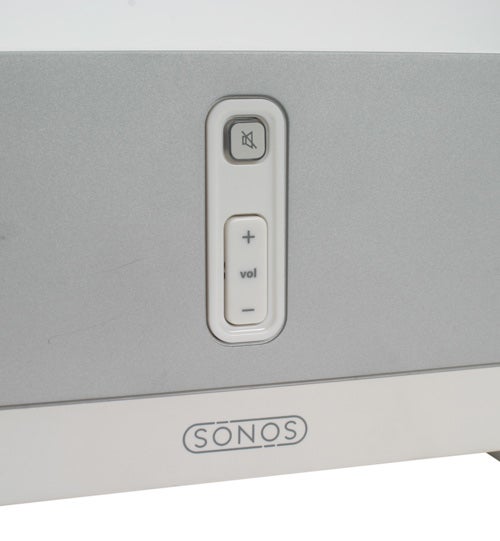
No it doesn’t sound as good as a dedicated CD player if used to play MP3 and WMA files and the integrated DAC and amplifier components in both ZP80 and ZP100 ZonePlayers can’t match serious dedicated separate components.
But the ability to connect it to your existing music system does mean you can enjoy your MP3 collection on much more of a level playing field than with, say, Philips’ Streamium system. And if you rip your music to a lossless format and combine that with a quality external DAC you can get close to real audiophile quality.
And that is the killer feature that could finally persuade all of those skeptics that the technology side of the music business is serious about high quality music reproduction – including little old me.
”’Pricing:”’ Two box starter package (includes 2x ZP80 ZonePlayers and 1x CR100 Controller) £779 (inc VAT); Additional ZP80 ZonePlayers, £269 (inc VAT); ZP100 ZonePlayer, £379 (inc VAT); Sonos Loudspeaker SP100 £149 (inc VAT); Sonos Controller Cradle £44.99 (inc VAT)
”’ZP80 Features”’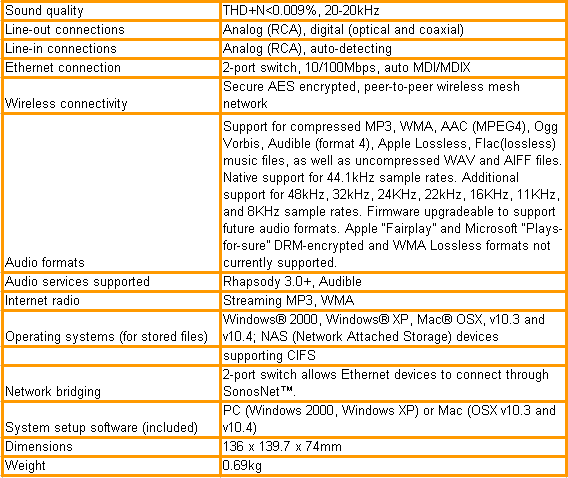
—-
”’ZP100 Features”’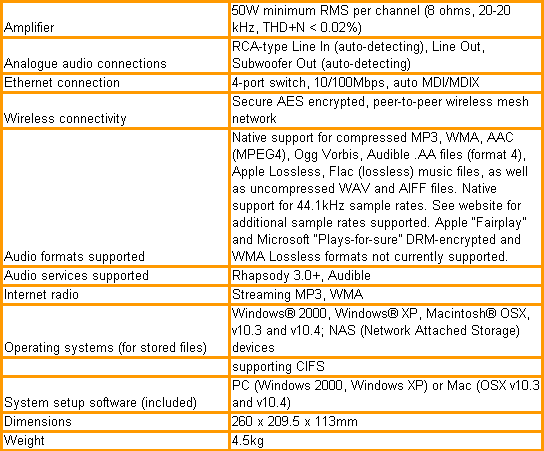
—-
”’CR100 Controller Features”’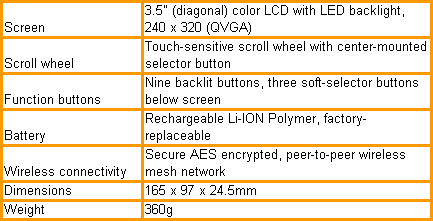
—-
Trusted Score
Score in detail
-
Value 9

